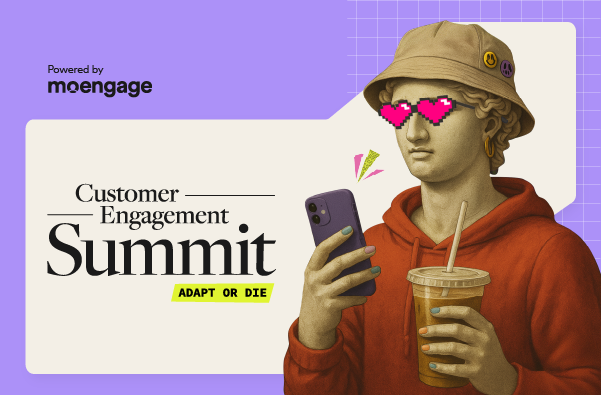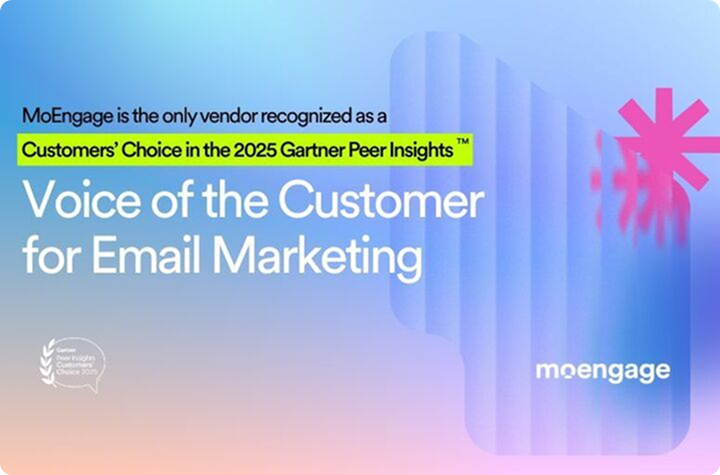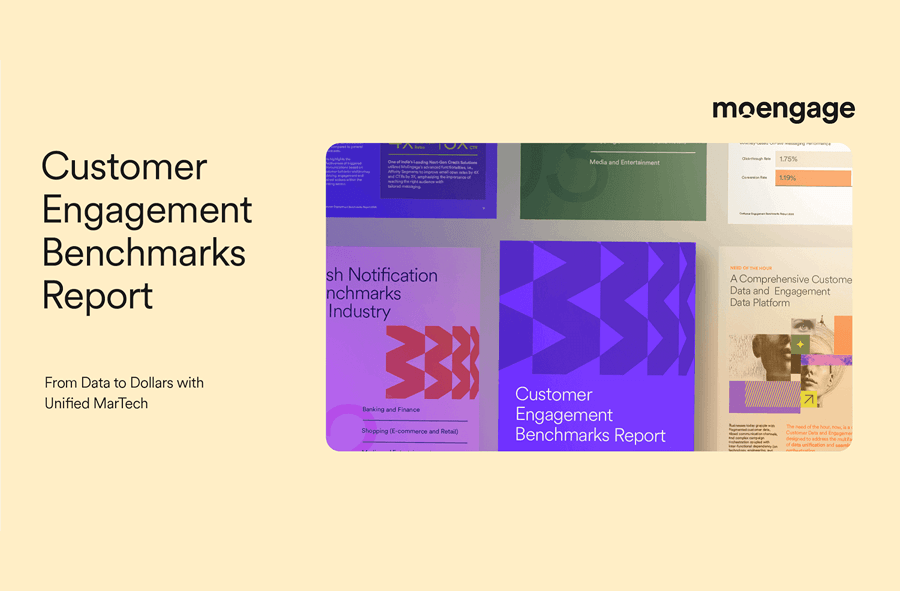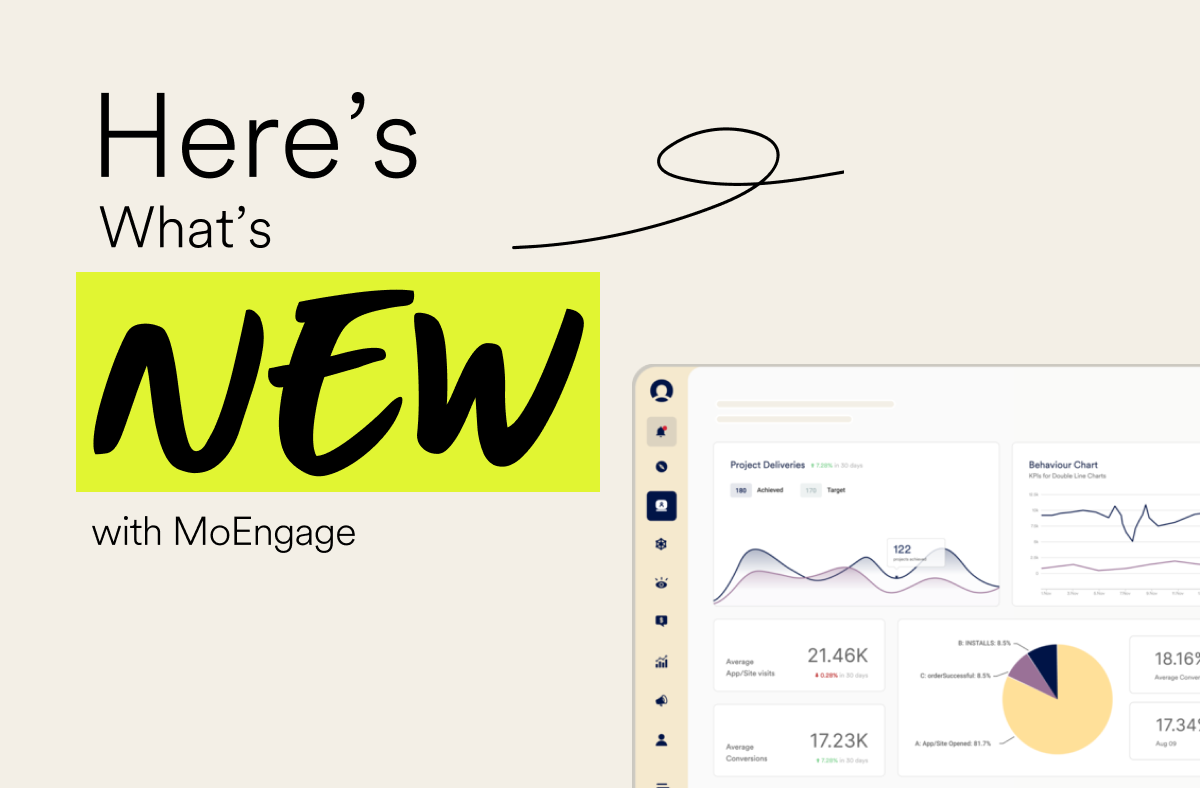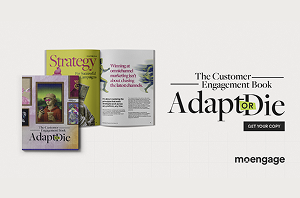Inside Great Omnichannel Campaigns: 4 Strategies That Work
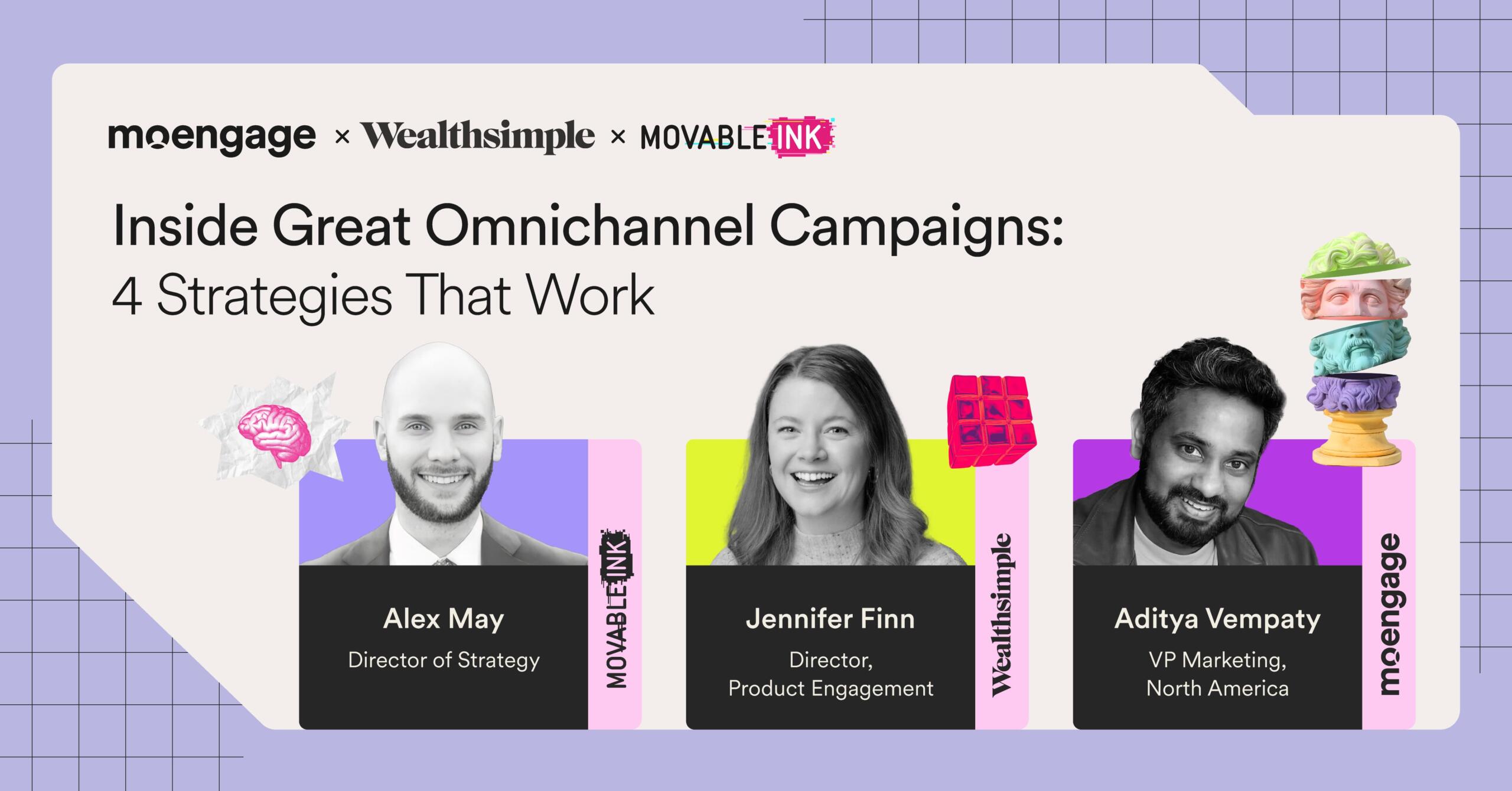
Reading Time: 4 minutes
Are you struggling to move past disconnected marketing systems while your competitors seem to be building truly seamless customer journeys? If you want to stop stitching and start orchestrating, this webinar recap is just what you need.
In our recent webinar, “Inside Great Omnichannel Campaigns: Strategy, Tools, and Execution That Work,” marketers got a front-row seat to the real operational secrets of high-impact marketing. We had industry experts Jennifer Finn, Director, Product Engagement at Wealthsimple, and Alex May, Director of Strategy at Movable Ink, authors of The Customer Engagement Book: Adapt or Die. They laid out the exact strategies and execution tactics that transform multi-channel chaos into orchestrated customer engagement.
If you’re ready to move past the basics and build cross-channel campaigns that actually convert, below are the four non-negotiable takeaways from their discussion that you need to implement now.
Takeaway 1: Break Your Omnichannel Campaigns into Clear Phases
When a big project lands on your desk, such as a product launch, a re-engagement drive, or a major event, it can feel overwhelming to map it across every channel. The secret is simple: stop treating it as one massive campaign. Define clear phases to bring immediate clarity to your goals, your channel mix, and your team’s execution.
Jennifer shared how this strategy was applied to a major product event at Wealthsimple. This simple, structured approach ensured every message was purposeful, avoiding the noise that often plagues complex campaigns.
From a strategic perspective, a multi-week, cross-functional campaign like this one, that has many different moving pieces and components, what ultimately set us up for success from the start was actually breaking it down into phases: Pre-Launch, Launch, and Sustain. This actually allowed us, from a lifecycle vantage point, to approach it almost like three separate campaigns, each with very different goals. — Jennifer Finn, Director – Product Engagement, Wealthsimple
By doing this, you’re not just organizing your schedule; you’re defining a progressive path for your customer, ensuring they have a single, clear Call-to-Action (CTA) at every touchpoint.
Takeaway 2: Use Channels to Advance the Story (Not Echo the Message)
If your email, push, and in-app message all say the exact same thing, you’re not doing omnichannel, you’re just spamming in stereo. True omnichannel power comes from narrative progression. You must determine the distinct role each channel plays in moving the customer closer to conversion.
Alex, with his expertise in high-emotion sectors like travel and hospitality, emphasized the need for a continuous, flowing narrative in a well-constructed omnichannel strategy. He pointed out that successful campaigns feel like a personal conversation, not an endless loop of echoes.
I think it’s really about advancing the conversation. So that’s what really makes omnichannel so powerful. Every touchpoint feels like it’s a part of the same story, but it’s progressive. It’s not just an echo of the last message that a customer saw. — Alex May, Director of Strategy, Movable Ink
For example, Alex suggested using channels like email for storytelling and education, and channels like push notifications for timely, context-aware nudges that reinforce the message.
Ultimately, when in sync, the objective is that each of these channels will help advance the customer to the next logical step in their buying journey.
Takeaway 3: Shift Your Mindset to Predictive Personalization
If your campaigns are still built on endless “if/then/else” rules, then it’s time to upgrade your thinking.
The most significant shift AI is enabling isn’t fancy generative copy; it’s the move from rules-based logic to predictive probability. This is how you deliver the “right message at the right time” at scale.
During the webinar, Alex articulated this major evolution in marketing capability. He recommended that marketers stop guessing which segment gets which message. Instead, you must use data models to predict the most effective content, context, and channel for each individual.
What’s really happening is that AI is helping marketers move from rule-based personalization into the predictive personalization space. Instead of deciding who gets a message and when, brands are starting to use models to predict what context, or content, is most likely to perform for each individual in their given moment. It will eventually be less about predefined logic and more about probability. So using real behavioral signals to really surface what’s most relevant right now. — Alex May, Director of Strategy, Movable Ink
When you let AI predict performance in such a way, your omnichannel strategy becomes truly intelligent, adapting dynamically to the customer’s actions in real-time.
Takeaway 4: Use AI to Power Relevancy & Humans to Power Authenticity
For too long, marketers have feared that automation means losing the human touch. The reality is the opposite: Automation frees you up to be more human. By leveraging AI for efficiency, you and your team can focus on the strategic and creative processes that ensure empathy is maintained.
Jennifer spoke about this and elaborated on how AI is not a shortcut for strategy but a tool to refine it and complement human capabilities.
I’m adamant that AI is another tool in our toolkit as lifecycle marketers and not an avenue to replace us. So to remain customer-first, while leveraging AI at Wellsimple, we’ve really doubled down and focused on having AI-powered relevancy. We use AI to inform decisions, whether it’s predictive modeling or segment identification…But we also continue to balance human oversight…And even when AI can help us kick off the first forty percent, it’s honestly still a human that has to bring it across the finish line. — Jennifer Finn, Director – Product Engagement, Wealthsimple
Conclusion: Mastering the Fundamentals of Omnichannel Execution
Overall, the discussion between Alex and Jen distilled complex omnichannel execution down to core, actionable principles: Clarity, Progression, Prediction, and Empathy.
By adopting a structured phasing approach, ensuring every channel advances the customer’s narrative, utilizing AI to drive predictive relevancy, and maintaining human oversight to preserve authenticity, you can move past chaotic omnichannel efforts.
Remember, the current biggest challenge isn’t just new technology; it’s aligning your strategy and teams to execute simple, powerful, and seamless omnichannel customer journeys.
Ready to transform your strategy into execution? Watch the full webinar on demand now.


